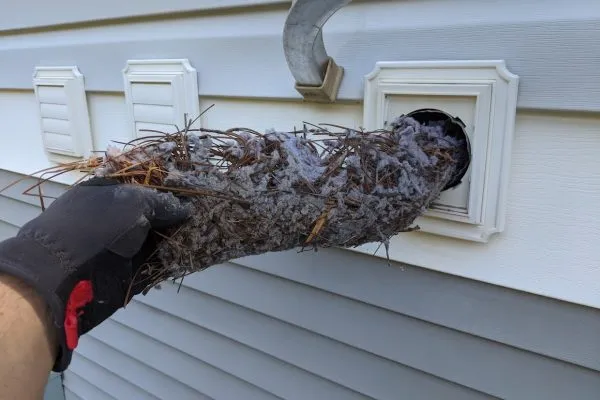Removing birds from your property can be a challenging and potentially dangerous task. Whether you are dealing with a small bird infestation or a large-scale problem, it’s important to follow best practices to ensure the safety and wellbeing of both the birds and the people involved in the removal process. Here are some bird removal best practices to keep in mind:
Use humane methods:
It’s important to use humane methods when removing birds from your property. This includes using non-lethal methods, such as trapping and relocation, and avoiding methods that may cause harm or distress to the birds.
Protect yourself:
When removing birds, it’s important to protect yourself with appropriate gear, including gloves, long sleeves, and eyewear. This can help prevent bites, scratches, and exposure to bird droppings, which can carry diseases.
Minimize stress:
The removal process can be stressful for birds, and it’s important to minimize stress as much as possible. This includes minimizing noise and disturbance, handling birds gently and carefully, and avoiding overcrowding in traps or cages.
Seek professional help:
Removing birds can be a challenging and potentially dangerous task, and it’s often best to hire a professional bird removal service. These professionals have the necessary equipment and expertise to safely and effectively remove birds from your property.
Follow regulations:
There are laws and regulations that govern the removal of birds, especially for certain protected species. It’s important to be aware of these regulations and to follow them to avoid legal issues and to ensure that bird removal is done in a humane and ethical manner.
Release birds in appropriate locations:
If you are relocating birds, it’s important to release them in appropriate locations where they can thrive and where they are not a nuisance to others. Be sure to release birds in areas with access to food, water, and appropriate shelter.
Prevent future infestations:
To prevent future bird infestations, it’s important to take steps to bird-proof your property. This includes sealing gaps and openings in your home’s exterior, installing bird deterrents, and keeping your property clean and free of food sources that may attract birds.
Consider the environmental impact:
Removing birds can have an impact on the environment, especially for protected species. It’s important to consider the environmental impact of bird removal and to take steps to minimize any negative effects.
Educate yourself:
Learning about the behavior and habits of the birds you are dealing with can help you develop effective removal strategies and prevent future infestations. There are many resources available online that can provide information on bird removal and best practices.
By following these bird removal best practices, you can ensure that the removal process is safe, humane, and effective. Remember to prioritize the safety and wellbeing of both the birds and the people involved in the removal process, and to seek professional help if you are unsure about how to properly remove birds from your property.Additionally, it’s important to note that prevention is key when it comes to bird removal. Taking steps to prevent bird infestations in the first place can save you time, money, and hassle in the long run. Here are some preventative measures you can take:
Seal openings and gaps:
Birds can enter your home through small openings and gaps in your home’s exterior. Seal these openings with caulk, foam, or other materials to prevent birds from entering.
Install bird deterrents:
There are several bird deterrents available, including spikes, nets, and electronic devices. These can be effective in preventing birds from roosting or nesting on your property.
Keep your property clean:
Birds are attracted to food sources, so it’s important to keep your property clean and free of food waste. Keep trash cans tightly sealed and clean up any spilled food or birdseed.
Trim trees and shrubs:
Birds may use trees and shrubs as perches or nesting sites. Trim trees and shrubs away from your home to reduce the likelihood of birds roosting or nesting on your property.
Use bird feeders carefully:
Bird feeders can attract birds to your property, but they can also attract other pests, such as rodents. Use bird feeders carefully and clean them regularly to prevent birdseed from spilling and attracting pests.
By taking these preventative measures, you can reduce the likelihood of bird infestations on your property. Remember to also regularly inspectyour property for signs of bird activity and to address any issues promptly to prevent the problem from escalating.
In conclusion, bird removal can be a challenging task, but by following best practices and taking preventative measures, you can ensure that the process is safe, humane, and effective. Remember to prioritize the safety and wellbeing of both the birds and the people involved in the removal process, and to seek professional help if you are unsure about how to properly remove birds from your property. By taking these steps, you can prevent future bird infestations and help maintain a safe and healthy environment for you and your family.

